Parque Nacional del Monte Bukhansan en Seúl (북한산국립공원(서울))
15.5Km 2025-06-13
Bogukmun-ro 262, Seongbuk-gu, Seúl
El monte Bukhansan, situado en el sector norte de Seúl, es hermoso a lo largo de todo el año. Designado Parque Nacional en 1983, el monte en su conjunto mide 78,45 km de ancho cubriendo 6 distritos y la parte de la provincia de Gyeonggi-do. El nombre Bukhansan significa “montaña grande del norte” y también solía ser llamado monte Samgaksan.
Tiene curvas tan suaves que sus sobresalientes y elevadas rocas de granito parece que fueran a deslizarse en cualquier momento, y sus afilados picos contrastan con las docenas de valles y ríos que fluyen debajo. Su pico principal es Baegunbong y junto a este se elevan numerosos picos de diferentes tipos. Los picos de granito combinan bien con los árboles, y dentro de las extensiones de la montaña viven unas 1.300 clases de animales y plantas.
De entre los picos de granito, se destaca la Roca Giam de Insubong (810,5 m). Este pico de piedra granito, famoso en todo el mundo, se eleva 200 por sobre el nivel del mar y existe un centenar de senderos que conducen a él. Cuando llegue al punto panorámico Baegundae (835,6 m) mire hacia abajo, según el estado del tiempo, podrá ver las nubes, la ciudad de Seúl y el río Hangang, todo junto y en visión panorámica.
El monte Bukhansan tiene una larga historia y no carece de tesoros culturales. Comenzando con el pilar Sunsubi sobre el pico Bibong que conmemora al rey Jinheung, pasando por la Fortaleza Bukhansanseong, edificada siguiendo las crestas de sus sierras, y el templo Sangunsa construido por el monje Wonhyo, además de numerosos otros templos menores.
La fortaleza Bukhansanseong es, asimismo, una destino obligado para los que visitan la montaña por primera vez. Esta Fortaleza consistió en una muralla de aproximadamente 8.500 m de longitud, levantada específicamente para detener invasiones extranjeras, y es uno de los fuertes de montaña más representativos de la era Joseon. En otoño, es especialmente exquisita la vista que se puede obtener de la montaña desde esta fortaleza. Los templos son también herencias culturales representativos del monte Bukhansan, y entre ellos se destacan el templo Seunggasa, erigido sobre el lado oriental del pico Bibong, donde las figuras de Seokgayeorae Maaebul se hallan grabadas en una roca de granito de 5 m de altura, y el templo Munsusa, ubicado a medio camino de ascenso al pico Munsubong, que tiene agua de montaña que cae del techo de la cueva Munsugul.
Bukhansan, con sus rocas de granito, y la Fortaleza Bukhansanseong, tiene las cualidades perfectas para practicar montañismo en todas las estaciones del año. En primavera, florecen toda clase de flores y en verano, tupidos bosques y valles se extienden por doquier. Los senderos de ascenso que hay a lo largo de los valles pueden llegar quizá a ser el mejor de los cursos de montañismo para el verano. El otoño es especialmente la estación adecuada para visitar los templos y sus pabellones sumidos en los colores otoñales. En invierno, la escena de las sierras cubiertas de nieve es verdaderamente maravillosa. El Parque Nacional del Monte Bukhansan tiene numerosas atracciones montañosas y bellísimos paisajes, y se ubica suficientemente cerca de la ciudad como para llegar fácilmente. El promedio de visitantes anuales es de cinco millones por lo que ha merecido el honor de ser registrado en el Libro de los Guinness de Récords Mundiales como el parque nacional de mayor número de visitantes por pie cuadrado. Los fines de semana son particularmente concurridos.
Ran (란)
15.5Km 2021-04-12
12, Yeouidaebang-ro, 53ga-gil, Yeongdeungpo-gu, Seoul
+82-2-848-1884
It is a soup that has been boiled for a long time and is good for the body. This Korean dishes restaurant is located in Yeongdeungpo-gu, Seoul. The most famous menu is oxtail soup.
Bugakjeong Isang Galbi (북악정(이상갈비))
15.6Km 2020-04-28
6, Pyeongchang 36-gil, Jongno-gu, Seoul
+82-2-394-2340
Bugakjeong Isang Galbi is an oasis located in the middle of the city. The restaurant has been known for its marinated galbi (served with a wide variety of side dishes) since the beginning of its impressive history of over 30 years. For the comfort of its diners, the grounds also include a free lounge.
Daeseonggwan - Daebang-dong Branch (대성관 대방동)
15.6Km 2021-03-27
204-1, Yeouidaebang-ro, Dongjak-gu, Seoul
+82-2-815-0567
With a variety of Chinese dishes, it has a large space ideal for groups. The best menu at this restaurant is stir-fried meatballs and vegetables. This Chinese (cuisine) restaurant is located in Dongjak-gu, Seoul.
Donghwa Kim's Hotel (동화킴스관광호텔)
15.6Km 2021-01-19
136, Pyeongchangmunhwa-ro, Jongno-gu, Seoul
+82-2-379-0520
Donghwa Kim's Hotel, located in Jongno-gu, Pyeongchang-dong, was designed to give the impression of a mountain cabin while combining Korean and modern architectural elements, resulting in a structure of notable artistic taste. The four-story hotel has 51 comfortable guestrooms, a banquet hall, a coffee shop, a Western restaurant, and a Korean restaurant. The hotel offers a wide-open view of the neighboring Bugaksan Mountain.
Calle de los Cafés de Jeongja-dong en Bundang (분당 정자동 카페거리)
15.6Km 2021-06-08
Jeongja-dong, Bundang-gu, Seongnam-si, Gyeonggi-do.
Es una de las calles más famosas y elegantes de la zona de Bundang. Presenta un ambiente lujoso y elegante como el área de Cheongdam-dong de Seúl, por lo que en ocasiones es nombrada como “Cheongja-dong” (composición de Cheongdam-dong y Jeongja-dong). Siendo una aglomeración de cafeterías con terrazas en su mayoría, poseen un diseño peculiar y atractivo, por la que presenta un ambiente extraordinario. Por los callejones también se encuentra gran cantidad de restaurantes, cafeterías y casas de comida. Es frecuentado tanto por los residentes del barrio como por la gente que llega de otras zonas del paíss. Asemejándose a las cafeterías al aire libre de Europa, durante el día podrá encontrar a personas que disfrutan del café leyendo libro en las terrazas, y, por la noche, gente que sale a pasear. Es uno de los lugares favoritos para las parejas.
Parque Boramae (보라매공원)
15.6Km 2021-03-20
Yeouidaebang-ro 20-gil 33, Dongjak-gu, Seúl
+82-2-120
El parque fue construido en el antiguo sitio en donde se encontraba la Academia de la Fuerza Aérea de Corea, por lo que sigue utilizando el nombre “Boramae” (Halcón Peregrino), que es el ave simbólica de la academia aérea. Es un parque temático que consta de un estadio complejo, campo de bádminton, área para la escalada en roca, campo de césped, parque aéreo, estanque de agua (fuente musical), plaza infantil, área para el picnic, y otros espacios para el descanso y de comodidad. En particular, la torre simbólica perteneciente a la academia aérea, que aún sigue presente en el parque, transmiten el ideal de la “Piedad Filial”, y, los 8 aviones que se encuentran expuestos en el parque aéreo permiten sentir el ambiente de los tiempos de aquella academia. Además, en el interior del parque podrá observar otros establecimientos anexos, que llevan a cabo variedad de programas culturales y académicos, como es el caso del Centro de Entrenamiento de Adolescentes; la Sala para los Ciudadanos de Dongjak-gu, que organiza seminarios, clases académicos, y reproducción de películas; las salas de servicio de bienestar para los minusválidos y ancianos, entre un total de 10 instalaciones, disponibles para todas las edades.
Yeong snack (영스낵)
15.7Km 2021-03-29
245, Hangeulbiseok-ro, Nowon-gu, Seoul
+82-2-931-2523
This store with a tradition of 20 years serves Tteokbokki. This restaurant's signature menu is stir-fried rice cake. This Korean dishes restaurant is located in Nowon-gu, Seoul.
Daepyeong Galbi (대평갈비)
15.7Km 2021-03-27
83, Pyeongchangmunhwa-ro, Jongno-gu, Seoul
+82-2-395-5288
With a large hall, it is a good place for group gatherings and group dinners. This Korean dishes restaurant is located in Jongno-gu, Seoul. The representative menu is grilled jumbo sized beef ribs/grilled jumbo sized spareribs.
Parque Yeouido (여의도공원)
15.7Km 2023-02-20
Yeouigongwon-ro 68, Yeongdeungpo-gu, Seúl
El Parque Yeouido de Seúl, es como el Central Park de Nueva York, y como el Hyde Park de Londres. Durante 27 años, el parque ha estado cubierto de asfalto negro, hasta que comenzaron las obras de reconstrucción, y finalmente ha llegado a convertirse en un parque de la ciudad, que integra el bosque natural, el césped verde y el agua. Las obras comenzaron el 10 de abril de 1997, luego el 31 de octubre de 1998 se dio la apertura parcial, hasta que en febrero de 1999 se dio su apertura completa. Es un espacio verde, cercano a la ciudad, disfrutable para las personas de todas las edades. Ideal para descansar, pasear y hacer gimnasia, y, también participar en los eventos culturales.
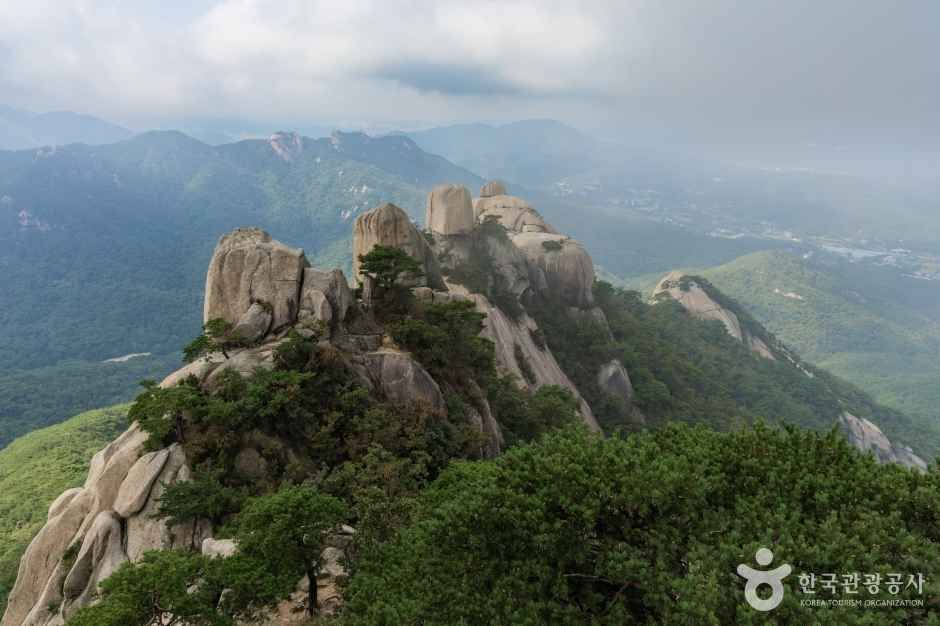
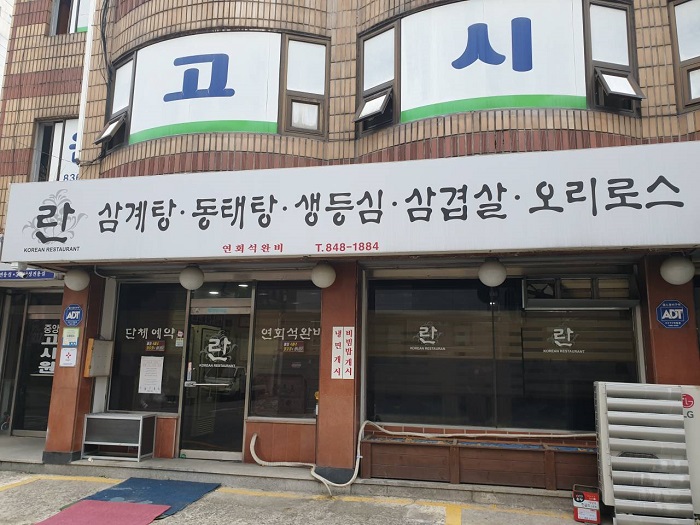
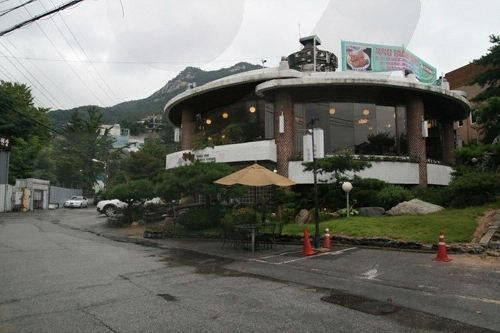
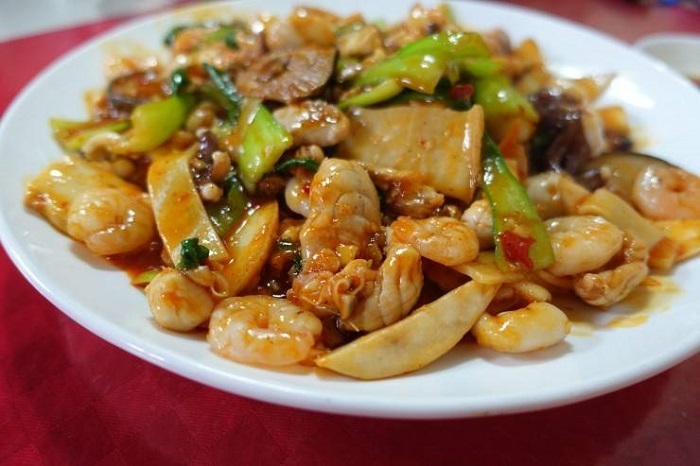
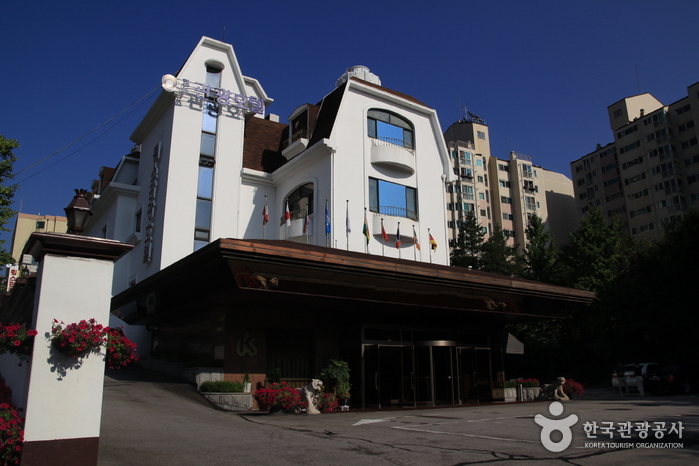
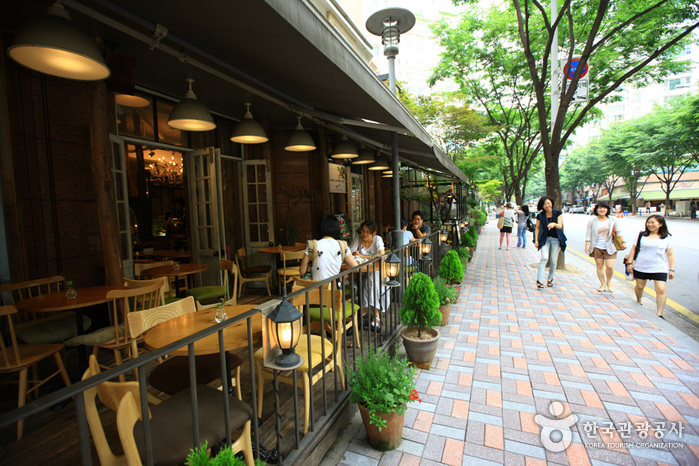
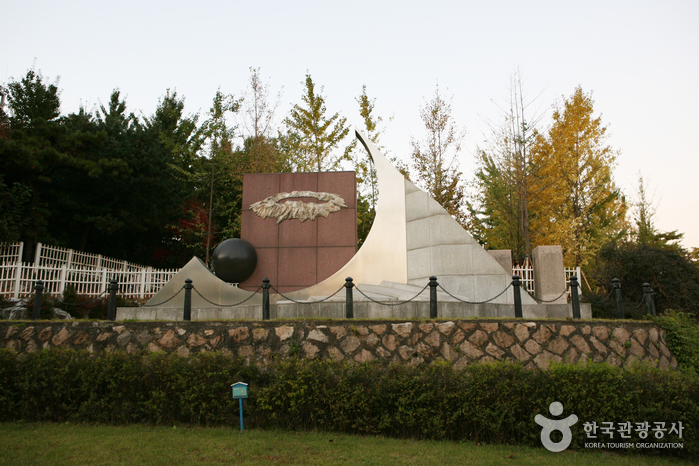
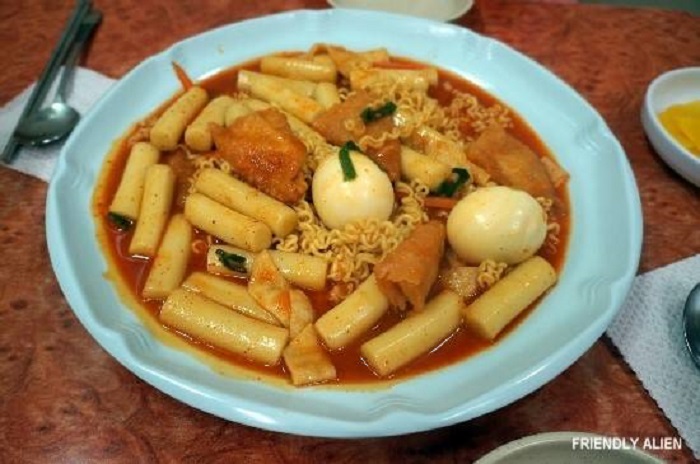

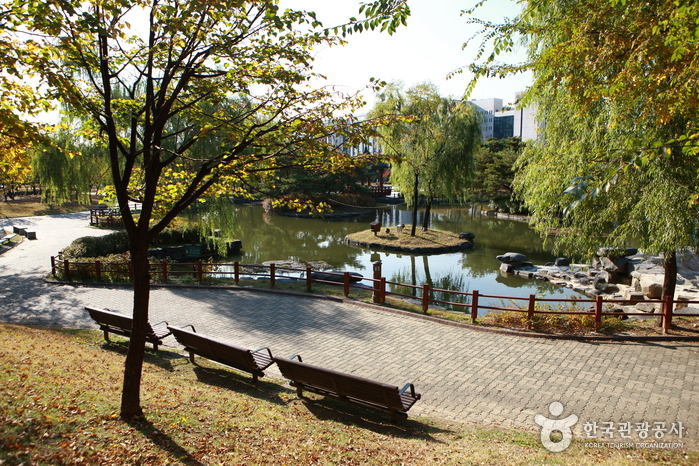
 Español
Español
 한국어
한국어 English
English 日本語
日本語 中文(简体)
中文(简体) Deutsch
Deutsch Français
Français Русский
Русский